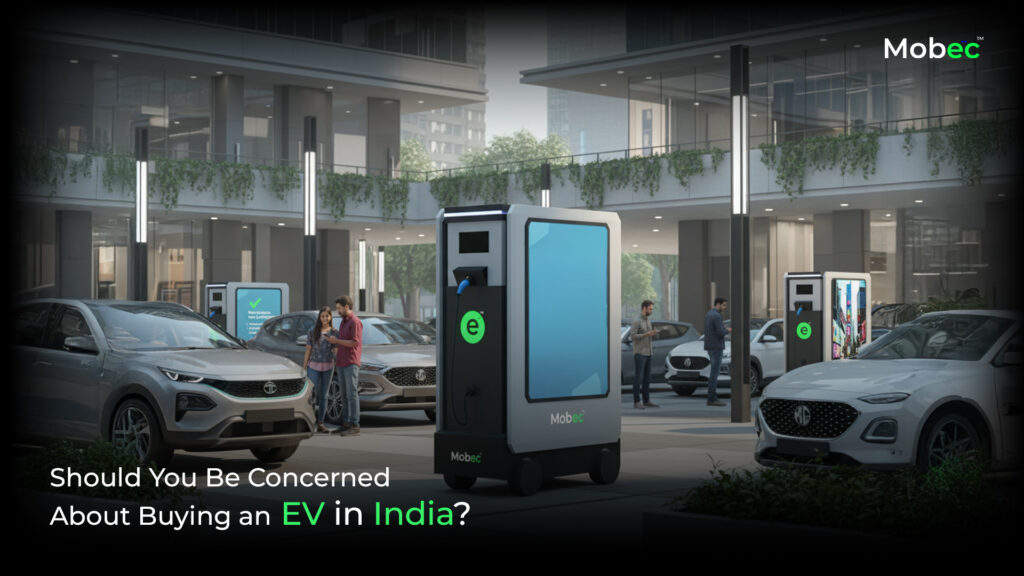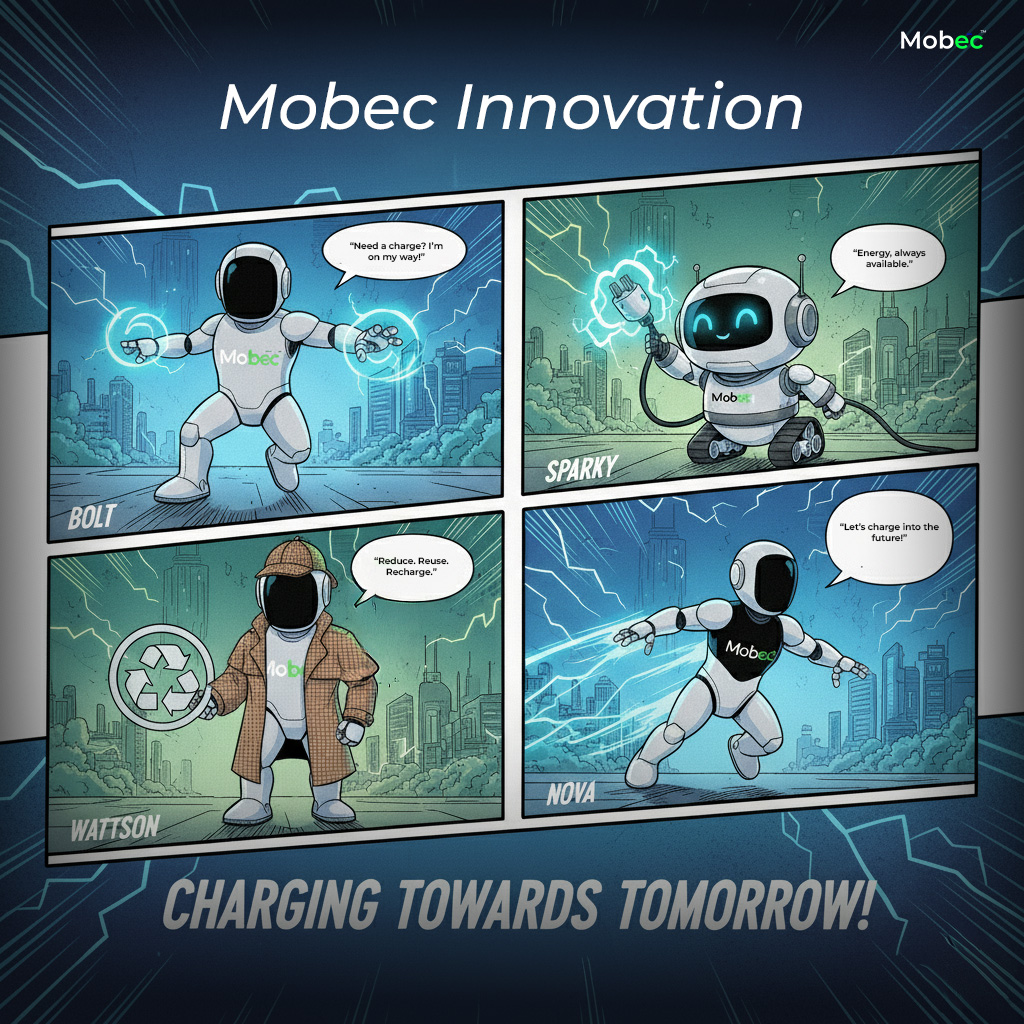As the world shifts towards sustainable energy solutions, India is making significant steps in adapting to electric vehicles (EVs) by 2030. The government has set ambitious goals to transition to a primarily electric transportation system, aiming for a cleaner, more efficient future. Central to this initiative is the integration of electric mobility into the national infrastructure is Mobec’s innovative solutions.
The Roadmap to 2030: Phased Implementation

India’s government has developed a comprehensive roadmap that outlines a three-phase strategy to transition to electric vehicles.
Phase 1: Economic Opportunities and Infrastructure Development
The first phase focuses on identifying and capturing existing economic opportunities while laying the groundwork for strategic options that will be viable in the near future. This involves the establishment of infrastructure critical for electric transportation, surrounding both the physical charging stations and the necessary software platforms for managing on-demand transport services.
This initial stage emphasizes building a strong network of charging facilities to alleviate range anxiety among potential EV users and to facilitate the shift from traditional fuel-based vehicles to electric ones. By creating a user-friendly ecosystem, the government aims to encourage early adoption among consumers and businesses alike.
Phase 2: Scaling and Private Sector Engagement
In the second phase, the government will build on the groundwork established in the first phase. This stage aims to improve and expand the initiatives already in place while actively engaging private players in the ecosystem. By encouraging collaboration with private companies, the government hopes to enhance the system-wide mobility solutions, ensuring that infrastructure and services are scalable and sustainable.
The involvement of the private sector is crucial; it brings innovation and investment to the table, helping to accelerate the deployment of electric vehicles and the supporting infrastructure.
Phase 3: Integration with the Grid
The final phase integrates electricity with the transportation system, allowing electric vehicles not only to draw power from the grid but also to discharge electricity back into it. This bi-directional flow creates a dynamic energy management system, optimizing the use of renewable energy sources and enhancing grid stability.
During this phase, government incentives for EVs are expected to be phased out as the market matures. However, the groundwork laid in the previous phases will ensure that the transition to electric mobility is self-sustaining. Current incentives include subsidies of up to ₹150,000 for electric cars and SUVs, and up to ₹30,000 for two-wheelers, aimed at boosting initial adoption.
Challenges on the Path to Electric Mobility
Despite the ambitious plans, several roadblocks may hinder the successful implementation of this initiative. These include technological barriers, shifts in consumer behavior, and disruptions to existing industries.
For instance, in Indian culture, vehicle ownership is often viewed as a status symbol, and transitioning to a shared mobility model may face resistance. Additionally, the current subsidization of diesel prices for agricultural machinery poses a challenge; removing these subsidies could impact food prices and the broader economy.
The traditional oil and gas industries will also undergo significant disruption, necessitating the development of new sectors focused on mobility services and transportation price optimization.
Mobec’s Innovative Solutions: Portable EV Chargers and Sustainable Battery Management

Amidst these challenges, Mobec is playing a pivotal role in facilitating the transition to electric vehicles. Mobec’s portable EV chargers offer a practical and flexible solution to charging infrastructure, addressing one of the key concerns for potential EV users—charging accessibility.
The Role of Portable EV Chargers
Mobec’s portable chargers can be deployed in various locations, making it easier for users to charge their vehicles on the go. This flexibility is essential in a country like India, where infrastructure is still developing and conventional charging stations may not be readily available in all areas. By providing on-demand charging solutions, Mobec is helping to bridge the gap between the current transportation system and the future of electric mobility.
Sustainable Battery Management: Recycling and Refurbishment
Another critical aspect of India’s electric vehicle strategy is the sustainable management of EV batteries. Mobec is committed to the recycling and refurbishment of EV batteries, completing the life cycle of these essential components. Mobec’s approach ensures that only 1% of battery materials are wasted, with the remaining 99% being extracted and reused.
This not only significantly reduces the need for mining new materials—mitigating environmental impact—but also aligns with global sustainability goals. By embracing a circular economy model, Mobec contributes to a more sustainable future for electric vehicles, minimizing waste and maximizing resource efficiency.
Conclusion: A Sustainable Future Awaits
India’s ambitious goal to transition to electric vehicles by 2030 is a monumental task that requires comprehensive planning, innovative solutions, and widespread participation from both the government and private sectors. The phased approach allows for manageable implementation, while Mobec is stepping up to provide practical solutions to address immediate challenges.
As the country navigates the complexities of this transition, the successful integration of portable EV chargers and sustainable battery management will be vital. With these strategies in place, India is poised to lead the charge towards a greener, more sustainable transportation future, making electric mobility a reality for millions of its citizens.







